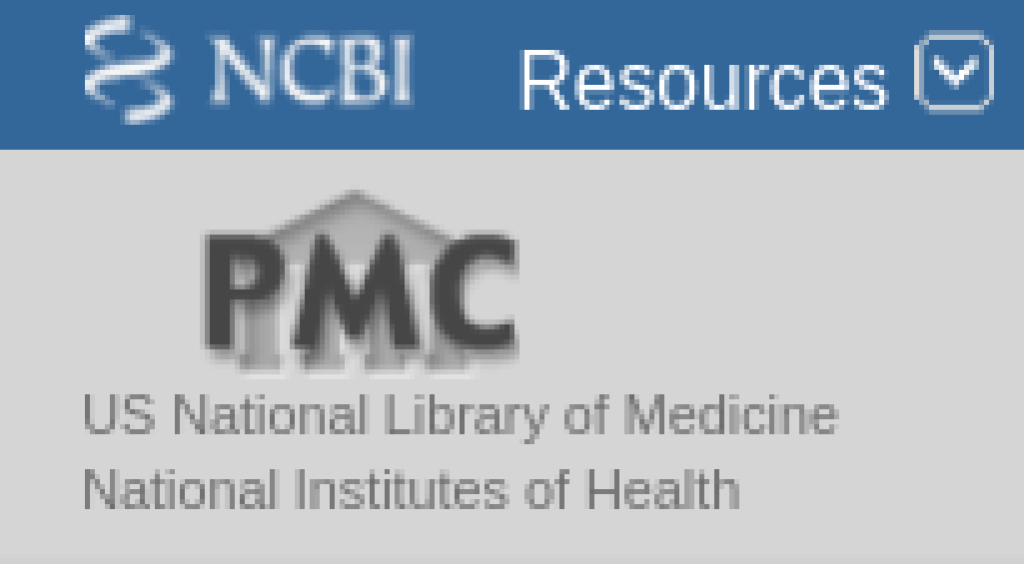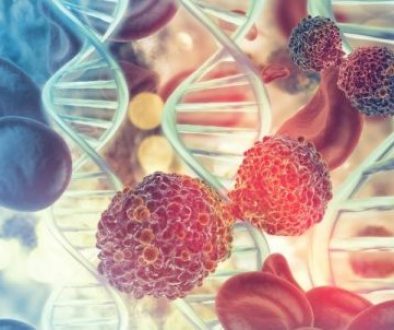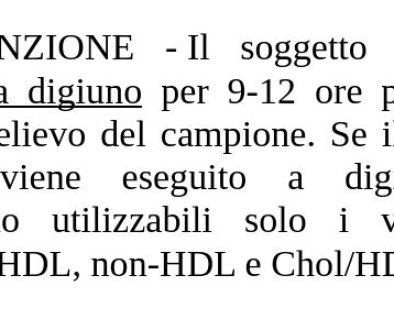Inhalation of hydrogen is beneficial in therapies for non-small cell lung cancer, even in advanced stages.
 E’ It was discovered in clinical practice that the inhalation of hydrogen (H2) can be used in non-small cell lung cancer patients to control tumor progression and to alleviate adverse drug events, the study reported here has verified this .
E’ It was discovered in clinical practice that the inhalation of hydrogen (H2) can be used in non-small cell lung cancer patients to control tumor progression and to alleviate adverse drug events, the study reported here has verified this .
Chemotherapy is currently being used against advanced non-small cell lung cancer, targeted therapy and immunotherapy. However, according to the authors, a clinically standardized method for alleviating the adverse events associated with such therapies is lacking.
In the final stage of the disease, patients are usually subjected to inhalation of oxygen only.
The authors have started an experiment between June and September 2019 at the Fuda Cancer Hospital of Jinan University, its 58 patients with non-small cell lung cancer, 24 of which at an advanced stage,A Thirty-four patients were operated on prior to enrollment in the trial.
Based on the results of tumor gene mutations and drug sensitivity tests, 10, 18 E 10, patients were enrolled in chemotherapy groups, respectively, targeted therapy and immunotherapy in which these therapies were combined with hydrogen inhalation therapy (H2).
Twenty patients who refused drug treatment were equally and randomly assigned to a hydrogen inhalation-only group (H2) and to a control group.
Patients underwent H2 inhalation for 4-5 hours a day for 5 months or stopped when the cancer returned.
Before the start of the study, demographics (except tumor mutation genes) and pulmonary symptoms (except moderate cough) of the five groups showed no significant differences. During the first 5 months of treatment, the prevalence of symptoms in the control group gradually increased, while that of the four treatment groups gradually decreased. after 16 months of follow-up, disease progression-free survival was lower in the control group than in the H2-alone group.
In other words, the period in which the disease does not show progression was significantly longer in those who had inhaled H2 , regardless of the therapy to which they were subjected, even in those who had only done this inhalation without any other treatment.
The progression-free period was even greater in the H2 groups + chemotherapy, the H2 + targeted therapy, and H2 + immunoterapia.
In the combined therapy groups, most drug-associated adverse events gradually subsided or even disappeared.
Unfortunately after 16 months all 58 advanced non-small cell lung cancer patients who received inhaled hydrogen treatment have developed tumor progression. The symptom-free period was yes 4,4 ± 1,2 months for the control group, of 7,9 ± 2,2 months for the H2 therapy only group , of 10,1 ± 2,6 months for the H2 + immunotherapy group , of 9,4 ± 3,1 months for the H2 group + targeted therapy , of 8,5 ± 3,0 for the H2 + chemotherapy group .
The symptom-free period in the four treatment groups was substantially longer than that in the control group, and it was even more prolonged significantly in the three combined therapy groups with H2 inhalation.
Other research that may be of interest on these issues:
- Hydrogen gas (XEN) inhalation ameliorates airway inflammation in asthma and COPD patients
- A narrative review of hydrogen-oxygen mixture for medical purpose and the inhaler thereof
- Inhalation of high concentration hydrogen gas improves short-term outcomes in a rat model of asphyxia induced-cardiac arrest
- Long-term effects of acupuncture treatment on airway smooth muscle in a rat model of smoke-induced chronic obstructive pulmonary disease
- Pharmacological and dietary antioxidant therapies for chronic obstructive pulmonary disease
- Restoring Th17/Treg balance via modulation of STAT3 and STAT5 activation contributes to the amelioration of chronic obstructive pulmonary disease by Bufei Yishen formula
- Hydrogen gas inhalation protects against cigarette smoke-induced COPD development in mice
- Hydrogen-rich saline inhibits tobacco smoke-induced chronic obstructive pulmonary disease by alleviating airway inflammation and mucus hypersecretion in rats






